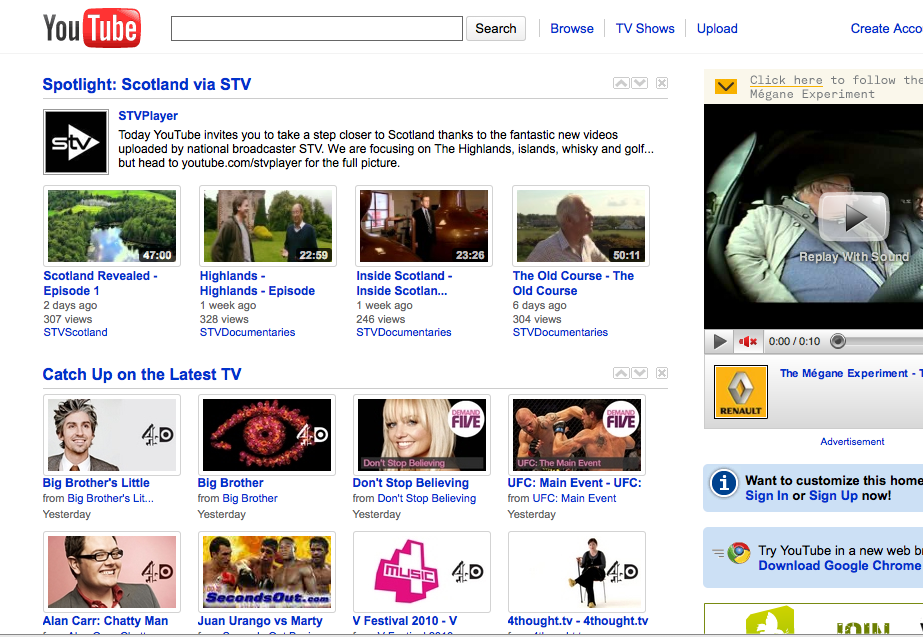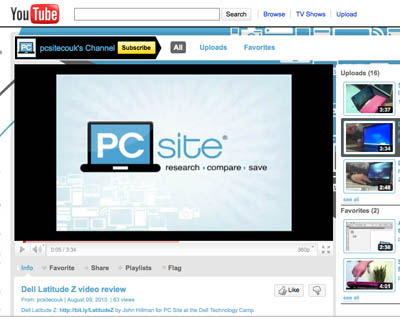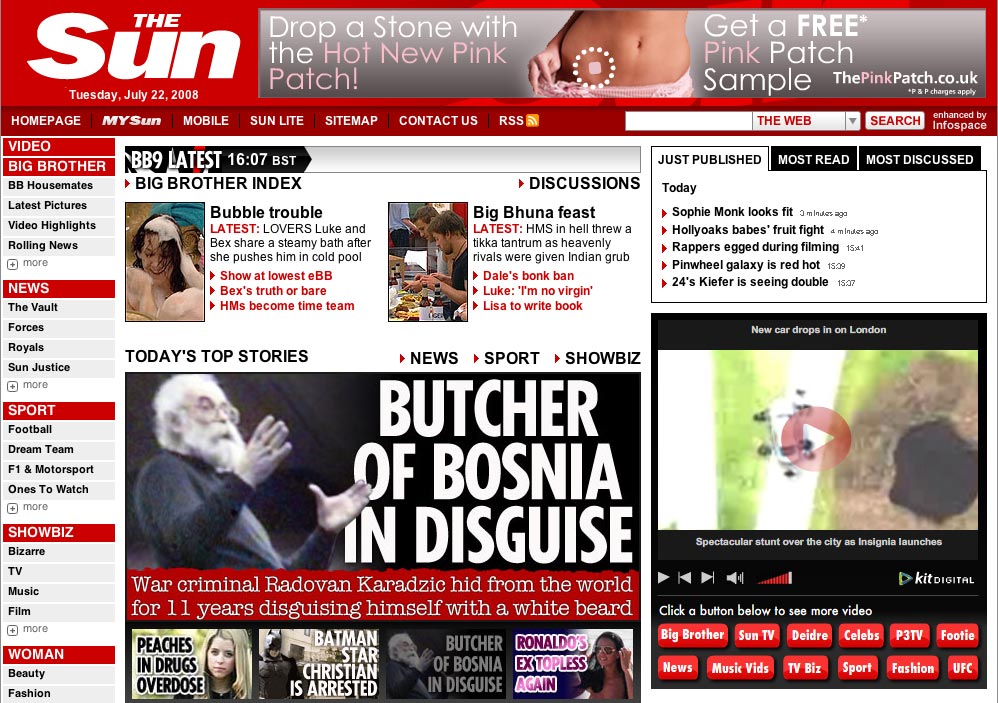John Hillman is editor of PC Site and head of publishing and projects at Net Media Planet.
With video in the ascendancy many independent online publishers and bloggers are beginning to feel that offering video content is a necessity rather than a nice optional extra. Yet creating editing and hosting a video can be an expensive and time consuming business that isn’t always easy to get right.
However, building a YouTube channel to sit alongside your indie website, whether it’s a blog, online magazine or hyperlocal, is much easier than many people would think. You can build the channel out to look exactly like your existing site, and with some good content and clever use of title tags you could find yourself attracting lots of new readers that may never have found you otherwise.

 The figures speak for themselves. People searching for videos on YouTube make up a staggering 25 per cent of all of Google’s search volumes; it stands to reason therefore that anyone serious about increasing their readership should be tapping this rich source of traffic. When you also consider that Google now automatically displays a selection of YouTube videos in its search results, the opportunity for drawing new readers to your site should be obvious
The figures speak for themselves. People searching for videos on YouTube make up a staggering 25 per cent of all of Google’s search volumes; it stands to reason therefore that anyone serious about increasing their readership should be tapping this rich source of traffic. When you also consider that Google now automatically displays a selection of YouTube videos in its search results, the opportunity for drawing new readers to your site should be obvious
As an independent online publisher we’ve found that YouTube has a lot to offer, providing us with a platform on which to publish unique video content, increasing our readership levels and helping us build our reputation as a quality online technology site.
Video equipment
Fortunately online video is valued more for its content than its production value, so while big news organisations may spend thousands on AV equipment, any indie publisher can get going with tools as basic as a Flip video camera and an open source video editing programme. This amounts to a total cost of around £150.
At PC-Site we use Flip video cameras all the time. They are cheap, small and fully optimized for the internet. This lets you get on with making basic videos without having to worry about such unfathomable tech conundrums as codecs fighting each other on the timeline.
When it comes to editing software there are lots of open source options out there, but Camtasia Studio works exceptionally well as both a movie editor and for creating screencasts. It costs about £220, which is excellent value for money. It also lets you automatically upload directly to your YouTube channel once you’ve finished the production process, saving you time. Alternatively we use TubeMogul to upload our videos as it enables us to do it across multiple sites, such as YouTube, HowCast and Vimeo simultaneously.
Branding your YouTube channel
This is a very important part of the process. It takes surprisingly little to give both your videos and your YouTube channel a quick makeover so that they reflect your blog or website.
Using Adobe Fireworks, for example, you can quickly mock up a little logo, if you have one, which will sit nicely in the corner of your screen during playback. Those of you with Adobe Illustrator skills can even create an ident to give your videos that real ‘TV Channel’ look. All of these things require a bit of extra effort but they really make a big difference to the finished product.
Your YouTube channel itself can also be branded by uploading a suitable background image that fits with your blog or website, and by going through the YouTube registration process you will be able to choose how the URL ends, also giving you that extra brand uniformity.
Once you’ve customised your videos and YouTube channel you can use the ‘sharing’ button to automatically syndicate your videos through your various online social networks, and you can embed your videos on your blog or website. You can also link your YouTube channel directly with your blog using the ‘blog setup’ button, this way your videos will post straight to your website from YouTube.
Getting it all up and running does take a small investment from you in terms of time, problem solving and creative thought, but the benefits that come from it are well worth the effort. One of our videos got nearly 30,000 views in a couple of months, all from just a cheap video camera a free video editing platform and the benefits of YouTube’s vast army of viewers. Not bad for an afternoon’s work.
More from John Hillman on Journalism.co.uk
Follow him on Twitter: @johnjhillman



